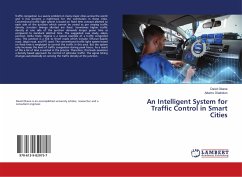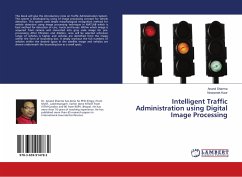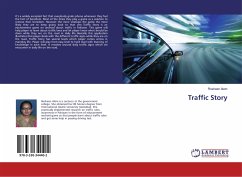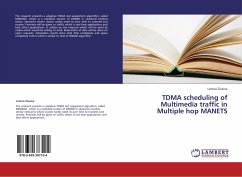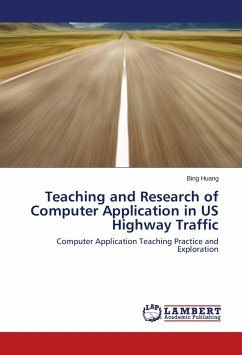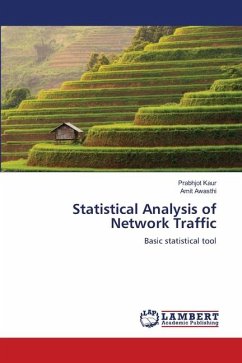
Statistical Analysis of Network Traffic
Basic statistical tool
Versandkostenfrei!
Versandfertig in 6-10 Tagen
29,99 €
inkl. MwSt.

PAYBACK Punkte
15 °P sammeln!
Network forensics helps in tracking down cyber fraudsters by assessing and tracing back network data. The use of various network traffic gathering tools is required. Network forensics is analyzing network traffic to detect intrusions and studying how the crime occurred, i.e., establishing a crime scene for investigation and replays. This study proposes a general network forensic process model and architecture. A secondary data set, KDD CUP of normal and anomalous traffic is used for analysis to simulate the entire process. The dataset is largely processed for feature selection and redundancy r...
Network forensics helps in tracking down cyber fraudsters by assessing and tracing back network data. The use of various network traffic gathering tools is required. Network forensics is analyzing network traffic to detect intrusions and studying how the crime occurred, i.e., establishing a crime scene for investigation and replays. This study proposes a general network forensic process model and architecture. A secondary data set, KDD CUP of normal and anomalous traffic is used for analysis to simulate the entire process. The dataset is largely processed for feature selection and redundancy removal. The dataset was cleaned before being analyzed using the Support Vector Machine learning model to classify the traffic. The multiclass classification has been used to categorize various types of network attacks. The accuracy of the model is then evaluated using the obtained results.




